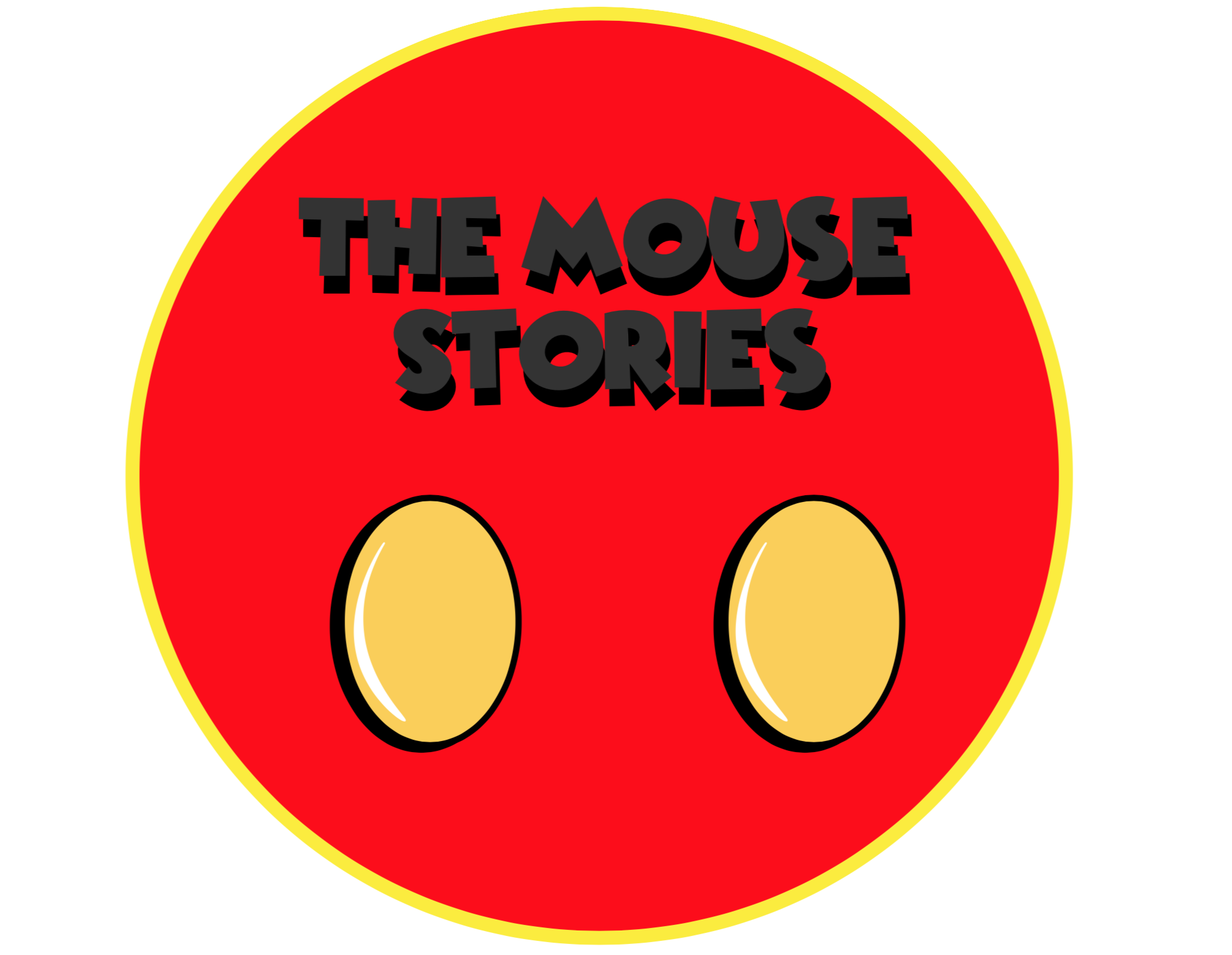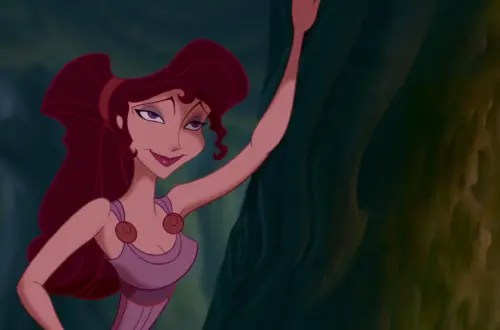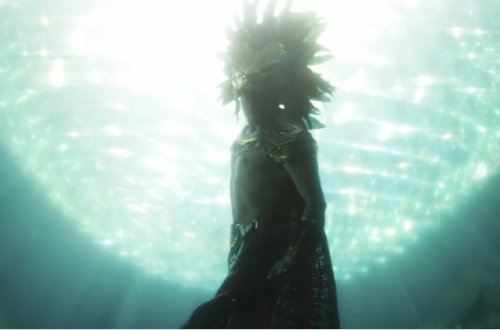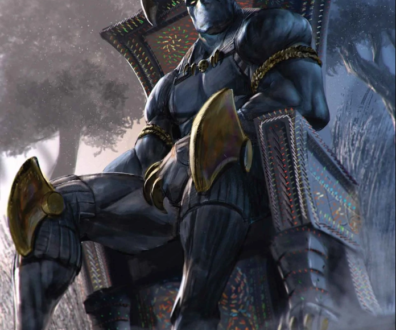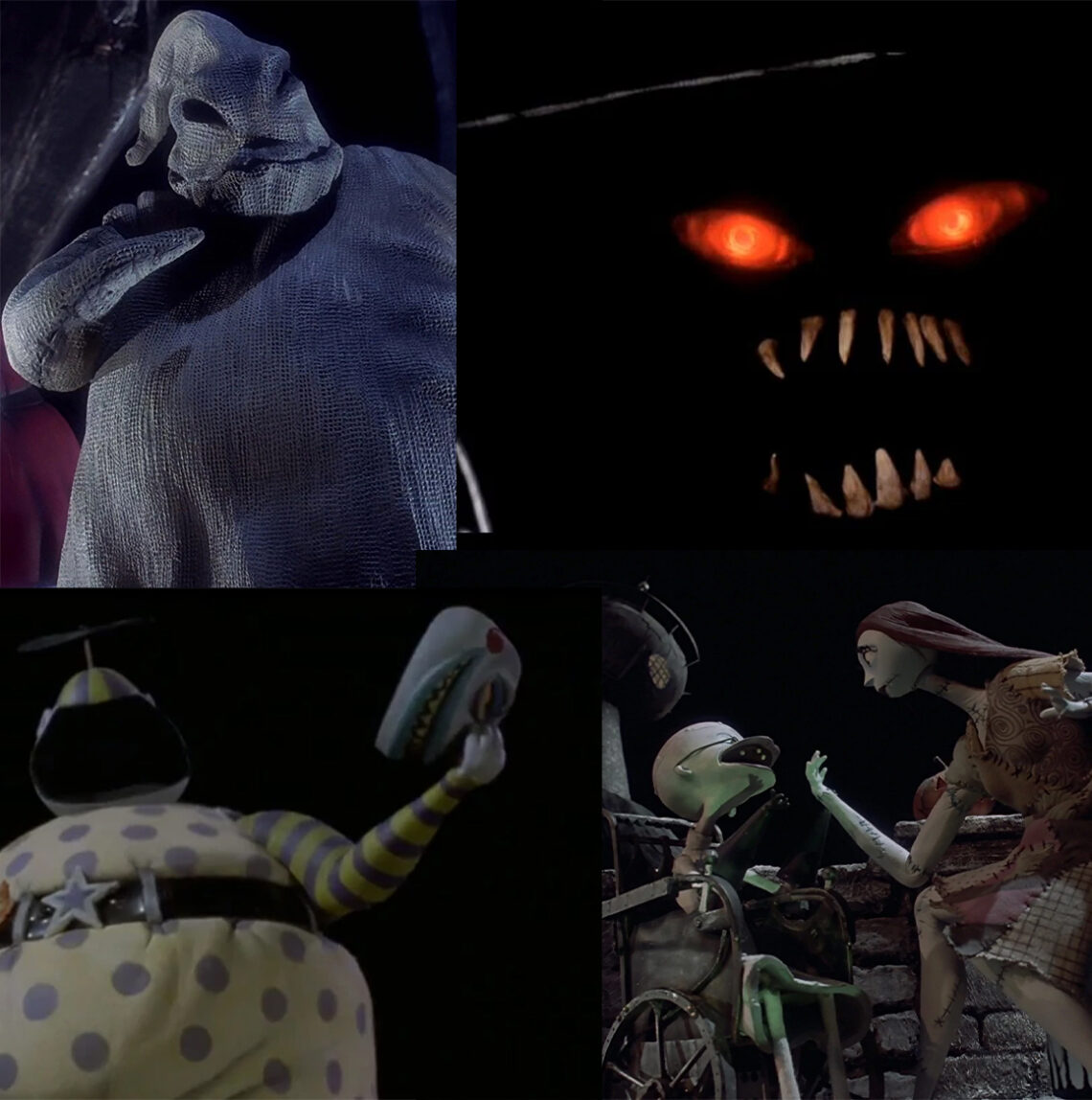
5 Monsters in the Movie “Nightmare Before Christmas”
A list of the most famous monsters in the Halloween (and Christmas?) movie and their historical-cultural origins
As the spookiest night of the year approaches, we continue our series of articles on monsters, witches, and eerie atmospheres, landing in the magical realm of Halloween at the court of the pumpkin king, Jack Skellington!
One of the best aspects of the film is undoubtedly its presentation of many monsters, not only typical of Halloween but also deeply rooted in our cultural and literary collective imagination. From the bogeyman to vampires, from witches to the malevolent clown, from ghosts to the infamous monster under the bed, the film includes them all! To wrap up this month and celebrate the eerie spirit of this holiday, I’ve decided to provide you with a brief list of some of the most famous monsters featured in the film, along with their historical and cultural significance.
I’ve already done something similar some time ago when I talked to you about the legend of Stingy Jack, associated with the Jack o’ Lantern, and thus, in part, with our dear pumpkin king. If you want to learn more about that, I refer you to that article. Here, I’ll focus more on the various inhabitants of Halloween Town.
So, carve your pumpkins and join me in the dark but undoubtedly fascinating Halloween town!
1 – Oogie Boogie – The Bogeyman
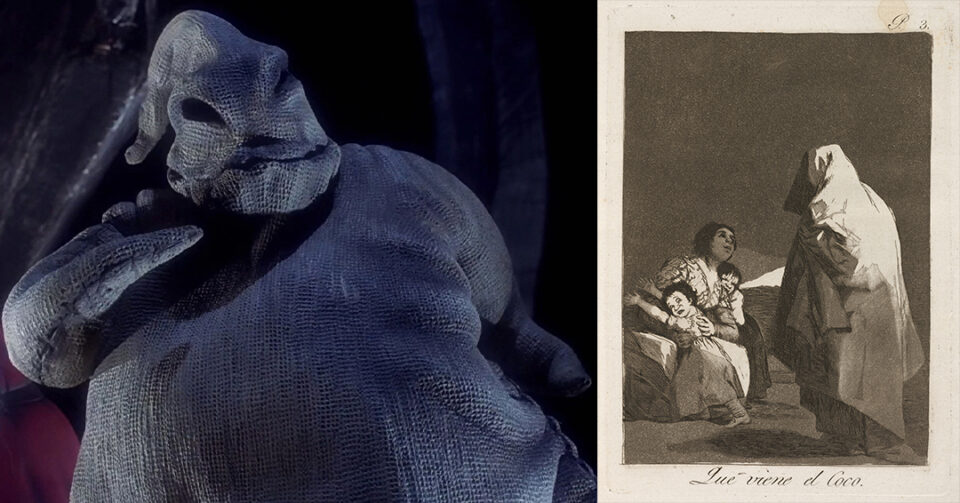
The first on the list couldn’t be anyone other than the film’s main antagonist, known as Oogie Boogie in English. This monster is one of the most well-known figures in global folklore. In the film, this monster takes the form of a burlap sack filled with insects and snakes. However, this famous monster, which we all likely remember from our childhood memories, doesn’t have a consistent appearance and varies depending on the culture. Throughout history, people have given the Bogeyman various appearances, some simply describing it as a ghost or a man, others envisioning it as a sort of ogre, and still others in more bizarre ways. But when was this figure created? We can’t say for sure. What is certain is that it has probably existed since time immemorial. The word “bogeyman,” at least in English, as explained in the Encyclopedia Britannica, seems to derive from the medieval English “bugge” or “bogge,” which means “terrifying specter.” The earliest sources in which the bogeyman appears date back to the 15th century, although the stories, as mentioned, are likely much older.
In Italian, the bogeyman is translated with the word “babau” which is equally ancient, dating back to the 14th century or even earlier, and it comes from the onomatopoeia “bau bau” (imitating a dog’s bark in Italian), which is also the name for the monster in the Italian version of the film.
As mentioned earlier, this monster doesn’t have a uniform appearance or name, and every culture has its version of it.
In some cultures, it’s described as a shapeless, dark entity. According to others, it can take the form of our greatest fear (in essence, a sort of shape-shifter).
In Italy, as mentioned, it goes by various names, but “babau” is the most common, and its appearance isn’t well-defined. In the collective imagination, it’s considered a kind of spirit or demon, sometimes semi-human in form, other times like a ghost with a sack.
In many Spanish-speaking countries, it’s known differently, for example, as “El coco” or “El hombre del saco” (the man with the sack).
In Germany, it also has various names, one of which is “Butzemann,” while in Russia, it’s known as “Buka.”
In short, our Oogie Boogie has truly had a lot of success over the centuries in the art of frightening, and everyone has imagined it as they saw fit. One thing unites all versions of the Bogeyman: in each of them, it hides in the darkest corners of the house, ready to snatch up poor children and, in the worst cases, devour them.
2 – The Monster Who Lives Under the Bed
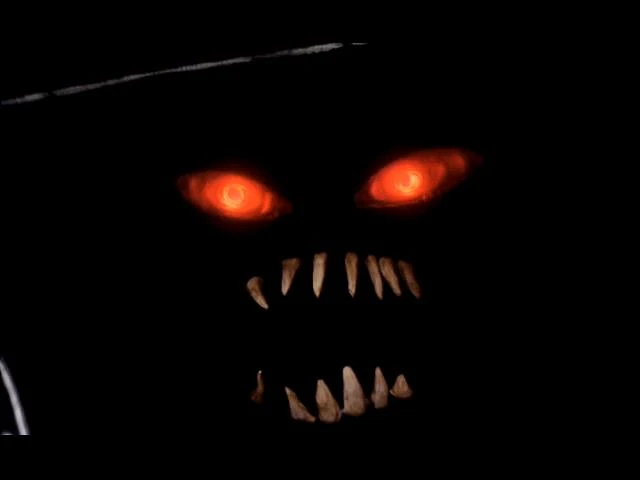
I was never afraid of the Bogeyman when I was a child. I always imagined a dog whenever they mentioned it, probably due to the onomatopoeic name. And since I loved dogs, the idea that the Bogeyman might come had practically no effect on me. I was always more on “team monster under the bed.” That’s what scared me. And like me, I think the infamous and elusive “monster under the bed” was one of the most feared bogeymen for many children. In this case as well, similar to the Bogeyman, the monster under the bed doesn’t have a well-defined origin. It’s certainly very ancient, and the root of this fear dates back a long time. Just like in the case of the Bogeyman, it doesn’t have a specific appearance. Every child imagined it however they saw fit. For me, it had the appearance of large, skinny, brown wolves (the imagination of children -.-‘). Do you remember the poor, scrawny wolf from the film “The Sword in the Stone”? Well, for me, the monster under the bed looked more or less like that, only much taller and uglier. Thinking about it now, I’d be happy to meet it, since the character from the movie has always been likable to me.
Anyway, as I was saying, the origin of this fear is very ancient. Some psychologists and scientists have even hypothesized that it could date back to prehistoric times. In particular, Professor Peter Gray of Boston University has suggested that this fear might stem from a real fear and have its roots in the earliest history of humanity when people lived as hunter-gatherers in the forests and were constantly threatened by the presence of wild animals that could attack at any moment.
In essence, according to this theory, the fear of the “monster under the bed” is so common and well-known because it would be a kind of primal instinct stemming from the fact that early humans, living in caves, always slept with the constant fear of being devoured at any moment.
Whether this theory is true or not, one thing is certain: the instinct to check under the bed before going to sleep is something I still occasionally do, even today, at the ripe old age of 34.
3 – The Evil Clown
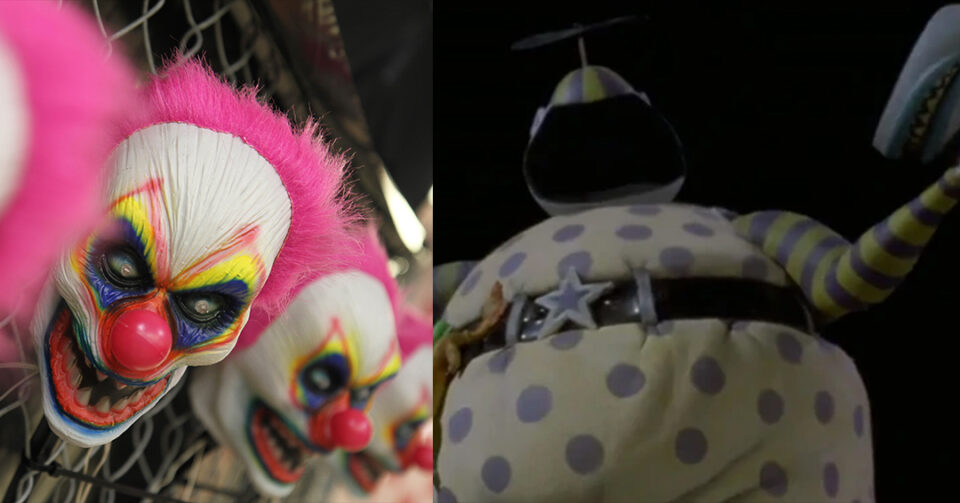
Another character that appears in the film is known as the “Clown with the Tear-Away Face.” In this case, as well, they drew inspiration from a monster that is typical of the collective horror imagination: the evil clown.
The evil clown is one of the most successful figures in horror. Especially from the 20th century onwards, the evil clown has haunted horror films and literature (just think of “It” for an idea), becoming one of the most famous monsters globally. This fear has become so widespread that it even has a term to define it today: coulrophobia, which is an irrational fear of clowns. Even famous and adult individuals, such as Johnny Depp, have admitted to suffering from this phobia.
But is this monstrous figure ancient like the others, or is it more recent?
In this case, it’s not easy to say. Certainly, evil clowns have become more popular in recent decades, suggesting a more modern origin. However, according to writer and researcher Benjamin Radford, it’s not that simple.
In his book “Bad Clowns,” Radford investigates the birth and the figure of the evil clown and argues that clowns have always had an ambiguous nature since ancient times. Clowns have existed in various cultures, even among ancient Egyptians and Romans. Their basic purpose has always been to represent foolish but fundamentally good-natured characters. They aim to entertain the audience and make them laugh. In reality, Radford explains, the nature of the clown is more complex than that. It can be seen in the types of masks they wear or their often mischievous demeanor when playing pranks or portraying certain situations. In practice, clowns have never been entirely good or entirely evil figures. Therefore, to conclude, Radford asserts that even though evil clowns have become more famous and archetypal in recent centuries, the clown itself has always been an ambiguous mask since its inception.
4 – Dr. Frankenstein and the Frankenstein Monster
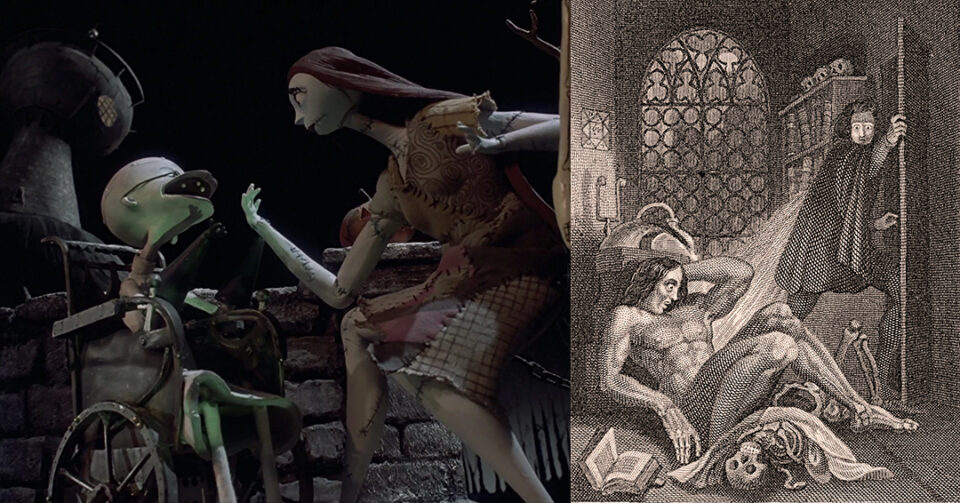
Among the other residents of Halloween Town are the sweet Sally and her creator, Dr. Finkelstein. In this case, it’s quite easy to understand what inspired the animators of the film to create these two characters. They are two of the most famous protagonists of Gothic literature: Dr. Victor Frankenstein and his “creature,” often mistakenly known by the same name as its creator. These two characters, as many of you may know, are the protagonists of what is undoubtedly the most famous work of British writer Mary Shelley. I’m talking about the novel “Frankenstein; or, The Modern Prometheus,” often simply known by the name “Frankenstein”, from the doctor who is the central character of the book. First published in 1818, it has become a true cornerstone of world literature and the genre to which it belongs. Film, television, and theater have drawn from it and continue to draw inspiration, and both of these characters were a fitting addition to Halloween Town.
5 – Witches and Werewolves
Of course, among the residents of a town like this, witches and werewolves couldn’t be missing. Both of these figures are among the most well-known, frightening, and recognized worldwide. However, I and Cecilia already had the opportunity to delve into these two evil and monstrous figures in more than one article on our blog, So, to avoid repetition, I’ll refer you to the aforementioned articles. You can find them here, here, here, and here (some of them are in Italian, but we will translate it as soon as possible).
That said, we’ve reached the end, for now, of this brief excursion. Of course, the monsters of Halloween Town are not finished, and there are still many more to explore. I reserve the possibility of continuing the story soon, perhaps on the next visit!
In the meantime, as always, if you enjoyed the article, please let us know by sharing it or commenting on our social media channels!
Sources:
- https://www.treccani.it/vocabolario/babau/#:~:text=bab%C3%A0u%20s.%20m.%20%5Bvoce%20onomatopeica%2C%20dal,che%20ha%20fama%20di%20terribile.
- https://www.treccani.it/vocabolario/babau_%28Sinonimi-e-Contrari%29/
- https://www.britannica.com/topic/bogeyman
- https://unaparolaalgiorno.it/significato/babau
- https://mythus.fandom.com/wiki/Bogeyman
- “Kleines Lexikon der Dämonen und Elementargeister” – L. Petzoldt
- https://www.thevintagenews.com/2018/09/01/boogeyman/
- https://www.dreams.co.uk/sleep-matters-club/the-history-of-that-monster-who-lives-under-your-bed#:~:text=History%20of%20the%20monster%20under,a%20behaviour%20deterrent%20for%20children.
- https://medium.com/@RoseValerios/the-monster-under-the-bed-is-a-cultural-phenomenon-2fbde39bd59c
- “Bad clowns” – Benjamin Radford
- https://www.smithsonianmag.com/arts-culture/the-history-and-psychology-of-clowns-being-scary-20394516/
- https://www.bbc.com/culture/article/20161019-a-surprising-history-of-the-bad-clown
- https://www.britannica.com/topic/Frankenstein-or-The-Modern-Prometheus


